It began in childhood - in my father’s artist studio, amid pigments, woods, and damp earth, where I shaped small figures. Later, during my fine arts degree (Universidad Complutense Madrid), I learnt modeling techniques and built pieces by hand independently in Madrid and afterwards in my Berlin studio. But it wasn’t until a year ago (2024), through workshops with Saeam Kwon, that I discovered the wheel. Now, I spend 6+ hours weekly at Violaine Toth’s studio, where working with clay has become a ritual.
As an architect, I studied the material’s physical properties - plasticity, thermal mass, moisture regulation, structural integrity, sustainability. As an artist, I’ve learned that clay teaches far beyond craft: patience, mindfulness, and how to alchemize mistakes into new forms.
In our digitally accelerated world, something vital is fading: the transformative power of tactile experience. At a time when we rarely engage physically with materials, working with mud and clay feels like a subtle but profound act of resistance - against distraction, overthinking, the virtual void, and the cult of speed. It demands presence so that hands and mud can join in conversation. And the very real threat of everything collapsing if one zones out.
If i force my will, the clay flips me off. It listens, but only if i listen first. Most days, it guides me. So I’ve learned to sit down, surrender the plan, and let go.
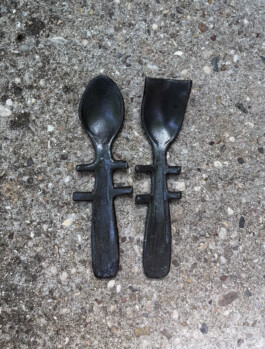
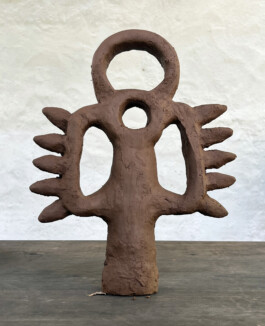
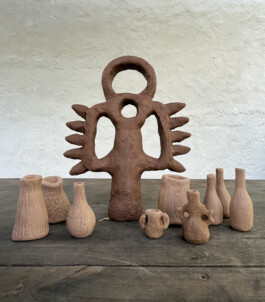
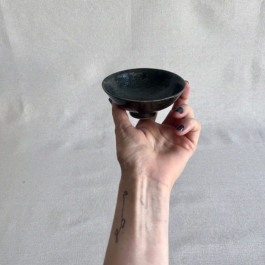
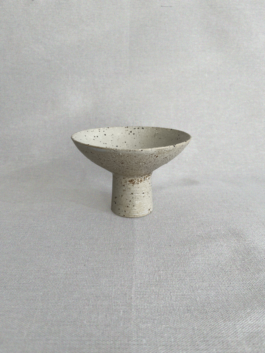
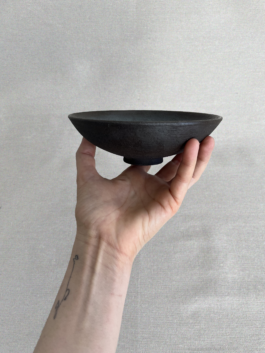
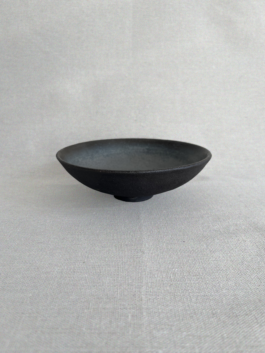
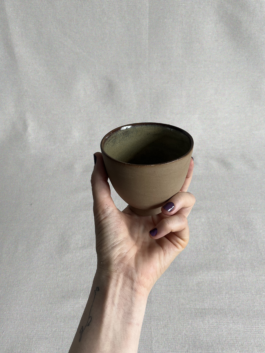
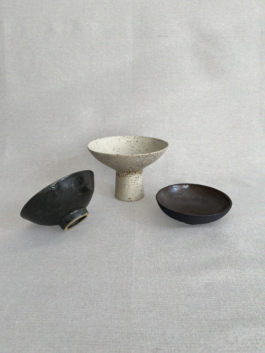
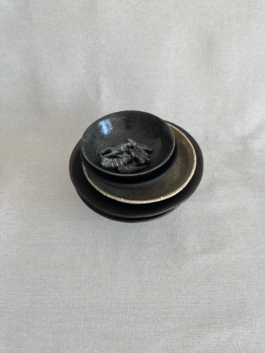
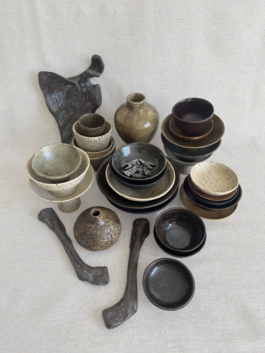
It began in childhood - in my father’s artist studio, amid pigments, woods, and damp earth, where I shaped small figures. Later, during my fine arts degree (Universidad Complutense Madrid), I learnt modeling techniques and built pieces by hand independently in Madrid and afterwards in my Berlin studio. But it wasn’t until a year ago (2024), through workshops with Saeam Kwon, that I discovered the wheel. Now, I spend 6+ hours weekly at Violaine Toth’s studio, where working with clay has become a ritual.
As an architect, I studied the material’s physical properties - plasticity, thermal mass, moisture regulation, structural integrity, sustainability. As an artist, I’ve learned that clay teaches far beyond craft: patience, mindfulness, and how to alchemize mistakes into new forms.
In our digitally accelerated world, something vital is fading: the transformative power of tactile experience. At a time when we rarely engage physically with materials, working with mud and clay feels like a subtle but profound act of resistance - against distraction, overthinking, the virtual void, and the cult of speed. It demands presence so that hands and mud can join in conversation. And the very real threat of everything collapsing if one zones out.
If i force my will, the clay flips me off. It listens, but only if i listen first. Most days, it guides me. So I’ve learned to sit down, surrender the plan, and let go.







